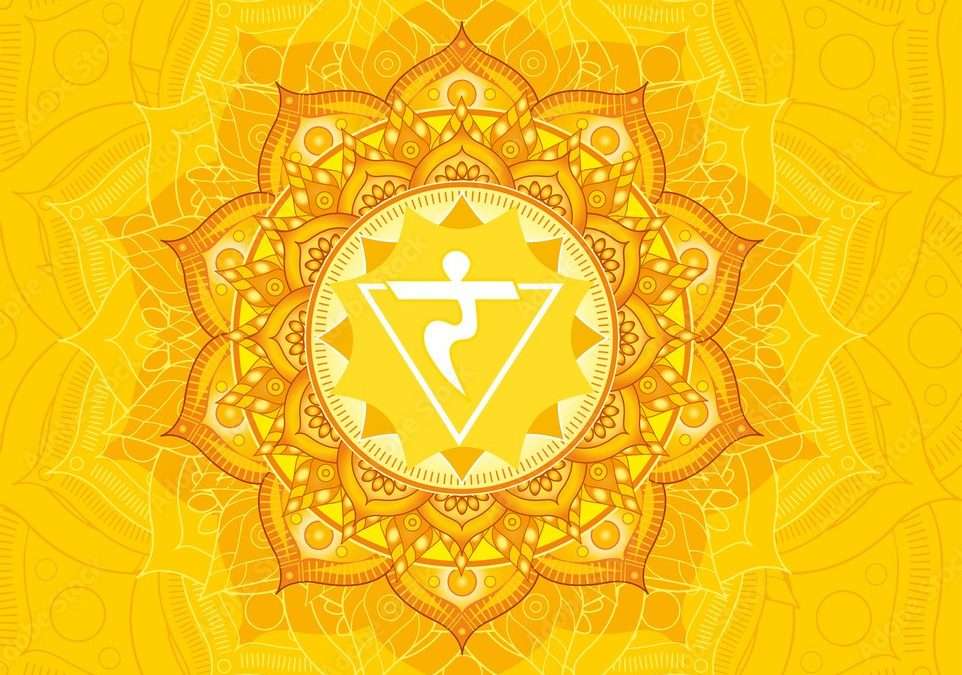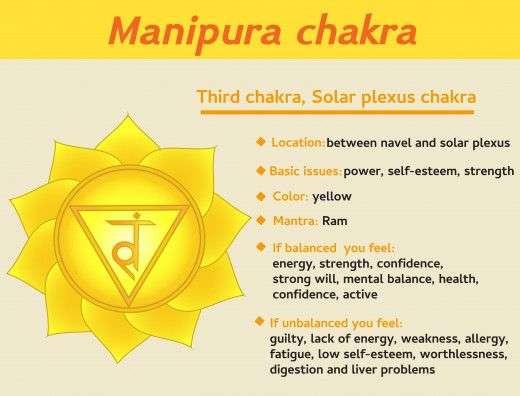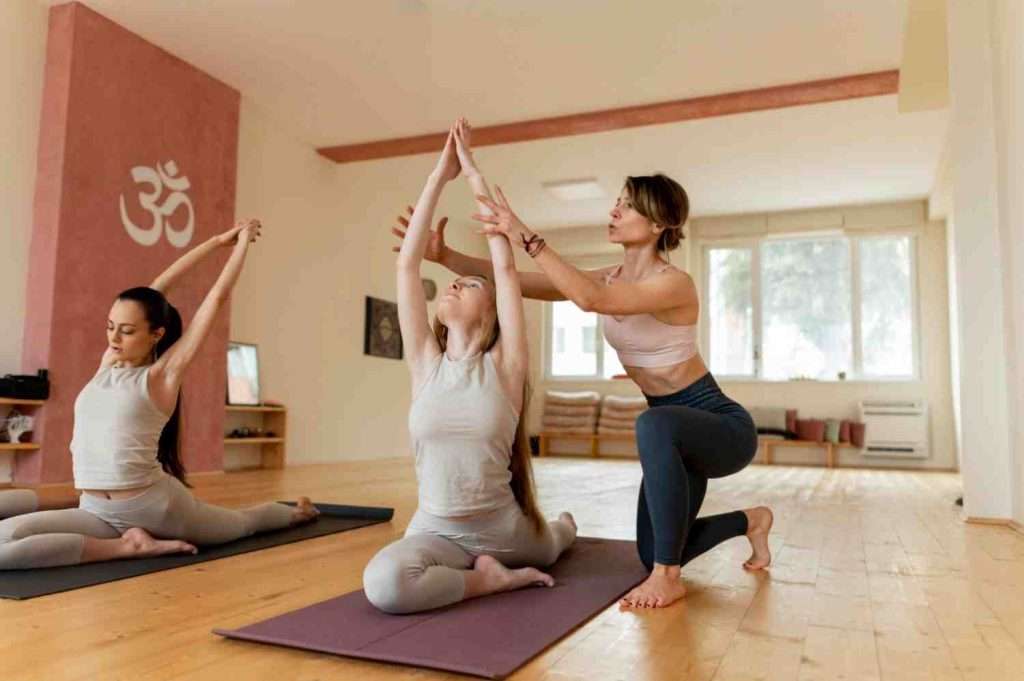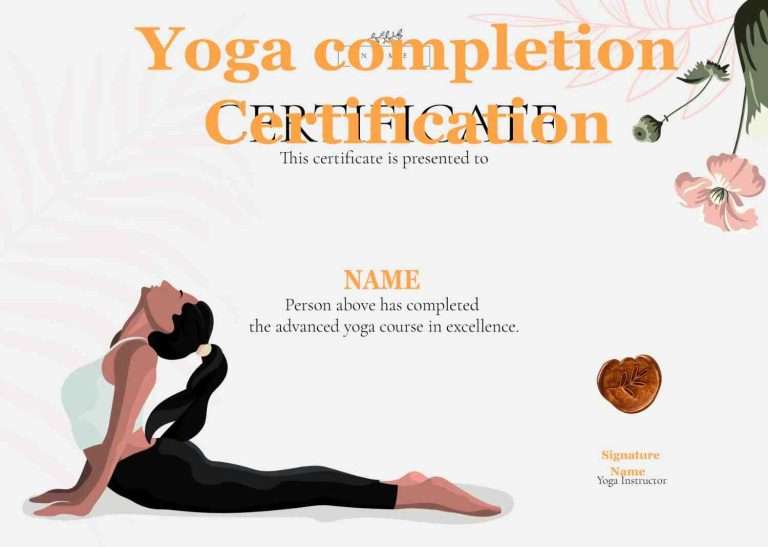
Yoga and Nutrition for Solar Plexus Harmony
Introduction
In the holistic journey towards wellness, the interconnectedness of the mind, body, and spirit takes center stage. One pivotal aspect of this holistic approach is the nurturing of the Solar Plexus Chakra, the energetic epicenter responsible for personal power and emotional digestion. Combining the ancient wisdom of yoga with mindful nutrition offers a potent synergy, igniting and harmonizing the inner flame of the Solar Plexus. In this exploration, we delve into the practices and principles that guide us towards achieving balance, vitality, and holistic well-being.
Understanding the Solar Plexus Chakra:
The Solar Plexus Chakra, situated above the navel and below the chest, holds profound significance in various spiritual traditions. Represented by the element of fire, it symbolizes transformation, self-esteem, and the assimilation of emotions. An imbalance in this chakra can manifest as a lack of confidence, digestive issues, or emotional turmoil. By aligning the practices of yoga and nutrition with the Solar Plexus Chakra’s attributes, we embark on a holistic journey toward self-discovery and harmony.
Yoga Practices for Solar Plexus Activation:

1. Core-Strengthening Asanas:
Engaging in a regular yoga practice that emphasizes core-strengthening poses like Boat Pose (Navasana), Plank, and Warrior III serves as a foundation for Solar Plexus activation. These poses not only build physical strength but also stimulate the energy flow in the abdominal region, fostering a sense of inner power.
2. Twists for Detoxification:
Incorporating twisting poses, such as Revolved Triangle (Parivrtta Trikonasana), aids in detoxifying the digestive organs. The Solar Plexus, responsible for emotional digestion, benefits from the release of stagnant energy, promoting vitality and balance.
3. Surya Namaskar (Sun Salutations):
The dynamic sequence of Surya Namaskar embodies the essence of solar energy, making it an ideal practice for Solar Plexus activation. The synchronized movement with breath not only invigorates the body but also awakens the energy centered around the Solar Plexus.
4. Pranayama (Breathwork) Practices:
Breathwork exercises such as Kapalbhati (Skull Shining Breath) and Nadi Shodhana (Alternate Nostril Breathing) play a pivotal role in balancing the Solar Plexus Chakra. Conscious breathing enhances energy flow, clears blockages, and fosters a sense of empowerment.
5. Meditation and Visualization:
Guided meditations and visualizations focused on the Solar Plexus Chakra create a profound connection between the mind and the energetic body. Envisioning a radiant yellow light at the chakra location during meditation promotes balance and activation.
The Role of Nutrition in Solar Plexus Harmony:
1. Yellow Foods for Nourishment:
The Solar Plexus Chakra is associated with the color yellow. Including yellow foods such as bananas, yellow peppers, and lentils in your diet provides not only nourishment but also aligns with the chakra’s vibrational frequency, promoting balance and vitality.
2. Ginger for Digestive Wellness:
Ginger, celebrated for its digestive benefits, resonates with the Solar Plexus’s role in emotional digestion. Whether in teas or meals, incorporating ginger supports both the physical and emotional aspects of digestion, creating a harmonious environment.
3. Complex Carbohydrates for Sustained Energy:
Complex carbohydrates found in whole grains like quinoa and brown rice offer sustained energy. This aligns with the Solar Plexus Chakra’s association with vitality, supporting a steady release of energy throughout the day.
4. Hydration for Emotional Release:
Adequate hydration is essential for overall well-being, and it holds particular significance for the Solar Plexus Chakra. Staying hydrated supports emotional release, aiding in the digestion of feelings and experiences.
5. Herbal Teas for Calmness:
Herbal teas, such as chamomile and peppermint, can have a calming effect on the digestive system. Including these teas in your routine promotes a sense of ease and balance in the Solar Plexus region.
The Fusion of Yoga and Nutrition:
1. Mindful Eating Practices:
Combining yoga with mindful eating practices enhances the overall experience of nourishment. Paying attention to the textures, flavors, and colors of your food creates a harmonious connection between body and mind.
2. Yogic Cleansing Diets:
Periodic yogic cleansing diets, inspired by Ayurvedic principles, can be beneficial for resetting the digestive system. These diets align with the Solar Plexus Chakra’s functions, supporting physical and emotional detoxification.
3. Intuitive Eating:
Embracing intuitive eating, which involves listening to your body’s hunger and fullness cues, aligns with the principles of yoga. It encourages a mindful, non-restrictive approach to nourishment, fostering a positive relationship with food.
Conclusion
In the intricate dance of yoga and nutrition, the journey towards Solar Plexus harmony unfolds as a transformative experience. By embracing core-strengthening yoga poses, breathwork, and meditation, coupled with a diet rich in yellow foods, digestive aids, and hydrating elements, individuals embark on a holistic path towards empowerment and balance. The fusion of these practices not only nourishes the physical body but also fuels the inner flame, fostering a profound sense of well-being in mind, body, and spirit. As we traverse this synergistic terrain of yoga and nutrition, may each step be a radiant expression of the balanced Solar Plexus Chakra, illuminating the path towards holistic harmony.
If you going to buy High-quality Yoga Products/Equipments Click Here

































